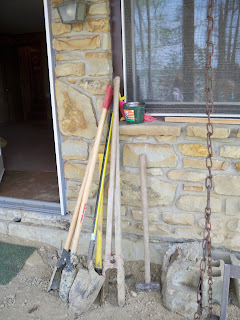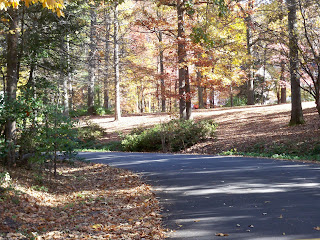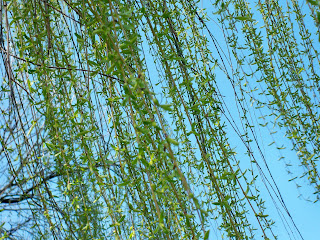Walk from One World
This winter’s mild weather means it’s not too cold for a walk before dawn. I’ve taken a few of these lately, mostly brisk strolls to the train.
To walk to Metro is to walk east, toward morning. So in all of these ambles I aim toward a slight strip of red along the horizon, the earliest sign of daylight. The only folks I see are just like me, dressed in black or gray, shouldering packs and briefcases and gym bags, purposefully striding to the ribbon of track that will whisk us from one world to another.
These last few months I have come to appreciate even more the benefit of such a separation. It is good to have a place that is not home, a cool, quiet, unemotional place in which to produce solid, if unimaginative, prose. So, I move fast on these morning walks to Metro not just because I’m scared to be stirring in the darkness, but also because I’m genuinely eager to leave the turbulent, heartfelt, almost full to bursting world for a leaner, calmer one.
I have no illusions, though. My best and deepest work always comes from acknowledging and confronting the turbulent world. I walk fast in the morning, but never fast enough to leave that world completely behind.



